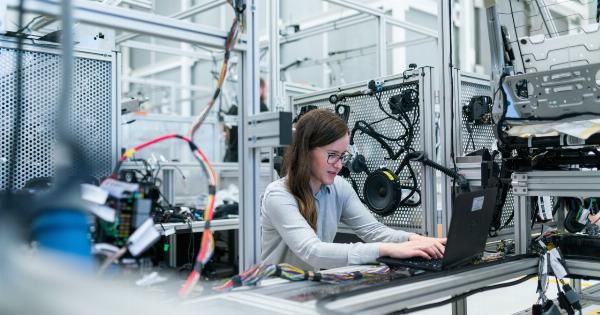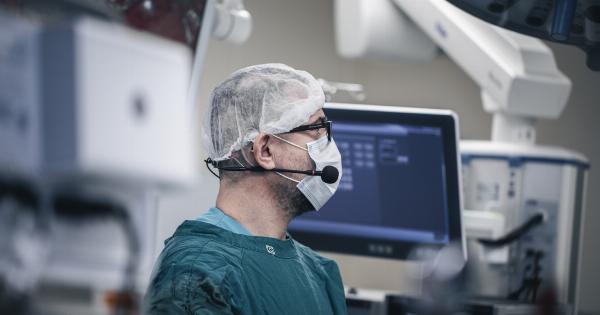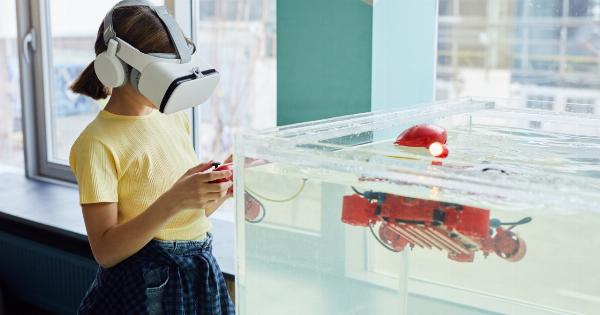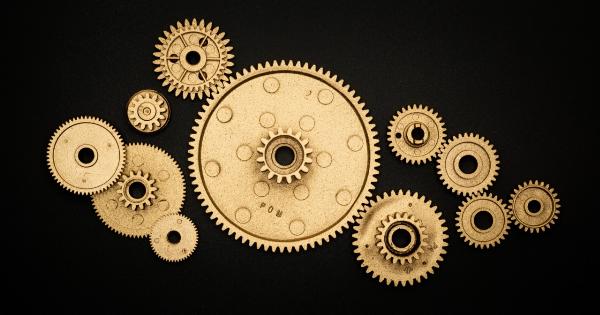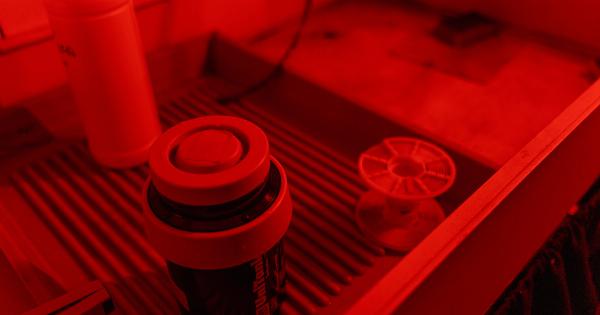The field of 3D printing has made significant advances in recent years, with a wide range of applications ranging from manufacturing to healthcare.
One of the most exciting and promising areas where 3D printing is making a significant impact is in the construction of human organs, particularly the heart. This revolutionary technology has the potential to transform the way we approach heart transplantation, addressing the global shortage of donor organs and saving countless lives in the process.
The Current State of Heart Transplantation
Heart transplantation is currently the most effective treatment for end-stage heart failure. However, the demand for donor hearts far exceeds the supply, leaving many patients on waiting lists for extended periods.
According to the American Heart Association, around 2,000 heart transplant procedures are performed each year in the United States, while over 3,500 patients remain on the waiting list. This disparity creates an urgent need for alternatives to traditional heart transplantation.
The Promise of 3D Printing
3D printing has emerged as a promising solution to the organ shortage crisis. With this technology, it’s possible to create patient-specific and functional organs using a layer-by-layer approach.
By combining advanced imaging techniques, molecular biology, and 3D printing technology, scientists and engineers can create artificial hearts that closely resemble the patient’s own organ, reducing the risk of transplant rejection and improving overall outcomes.
Advantages of 3D Printed Hearts
The ability to 3D print hearts presents several advantages over traditional methods of heart transplantation. One of the key benefits is the elimination of the need for a suitable donor.
With 3D printing, organs can be created on-demand, bypassing the necessity of finding a matching donor. This not only saves lives but also reduces the ethical concerns associated with organ transplantation.
Additionally, 3D printing allows for the creation of patient-specific organs that closely mimic the anatomical and physiological characteristics of the recipient.
By utilizing the patient’s own cells and tissue, the risk of transplant rejection is significantly reduced, eliminating the need for immunosuppressive drugs and their associated complications.
The Process of 3D Printing Hearts
The process of 3D printing hearts involves several critical steps. First, the patient’s heart is imaged using advanced medical imaging techniques such as MRI or CT scans.
These imaging data are then converted into a three-dimensional digital model, serving as a blueprint for the 3D printer.
Next, a biocompatible material, such as a hydrogel or a biodegradable polymer, is selected as the “ink” for the 3D printer.
The printer then deposits successive layers of this material, guided by the digital model, to gradually construct the heart. As the layers stack up, they solidify and form a structurally sound and functional organ.
Challenges and Limitations
While 3D printing holds tremendous promise, there are still several challenges and limitations that need to be overcome. One of the primary hurdles is the complexity of the heart itself.
The heart is a highly intricate organ with delicate blood vessels, valves, and tissues. Replicating this complexity using 3D printing technology requires further advancements in both materials and techniques.
Another significant challenge is the integration of the printed heart with the recipient’s existing cardiovascular system. Ensuring proper vascularization and electrical integration is crucial for the success of the transplant.
Current research is focused on developing strategies to promote blood vessel growth and optimize electrical conductivity within the 3D printed heart.
The Future of 3D Printed Hearts
Despite the challenges, researchers and medical professionals are optimistic about the future of 3D printed hearts. The potential to create patient-specific organs that are not reliant on donors is a game-changer.
This technology could provide a solution to the organ shortage crisis, saving countless lives and reducing the burden on transplant waiting lists.
Furthermore, 3D printing opens the door to personalized medicine. By tailoring the shape, size, and functional characteristics of the printed hearts to individual patients, better outcomes and faster recoveries can be achieved.
This level of personalization has the potential to revolutionize how heart disease is treated, shifting the focus from managing symptoms to providing permanent solutions.
The Ethical Considerations
The advent of 3D printed hearts also raises crucial ethical considerations. As this technology evolves, questions arise regarding access and affordability.
Will 3D printed organs be accessible to all patients, or will they be limited to those who can afford the high costs associated with this cutting-edge technology?.
Addressing these ethical concerns will be essential to ensure equitable access to 3D printed hearts and other organs.
Transparency in pricing, regulatory frameworks, and reimbursement policies must be established in order to prevent disparities and promote social justice in healthcare.
Conclusion
3D printing is revolutionizing the field of heart construction and transplantation.
This technology has the potential to address the organ shortage crisis, provide patient-specific solutions, and improve overall outcomes for individuals with end-stage heart failure. While challenges still exist, ongoing research and innovation hold the promise of a future where 3D printed hearts become a routine part of medical practice, saving lives and transforming the field of cardiovascular medicine.



